When it comes to residential HVAC, many people believe airflow measurement has always been available to this side of the industry. The fact is that belief is not valid. So where did it come from?
This article explores some airflow measurement history and its ultimate importance to our industry today. The fact is airflow principles won’t change – but the ways we measure them will.
In the Beginning …
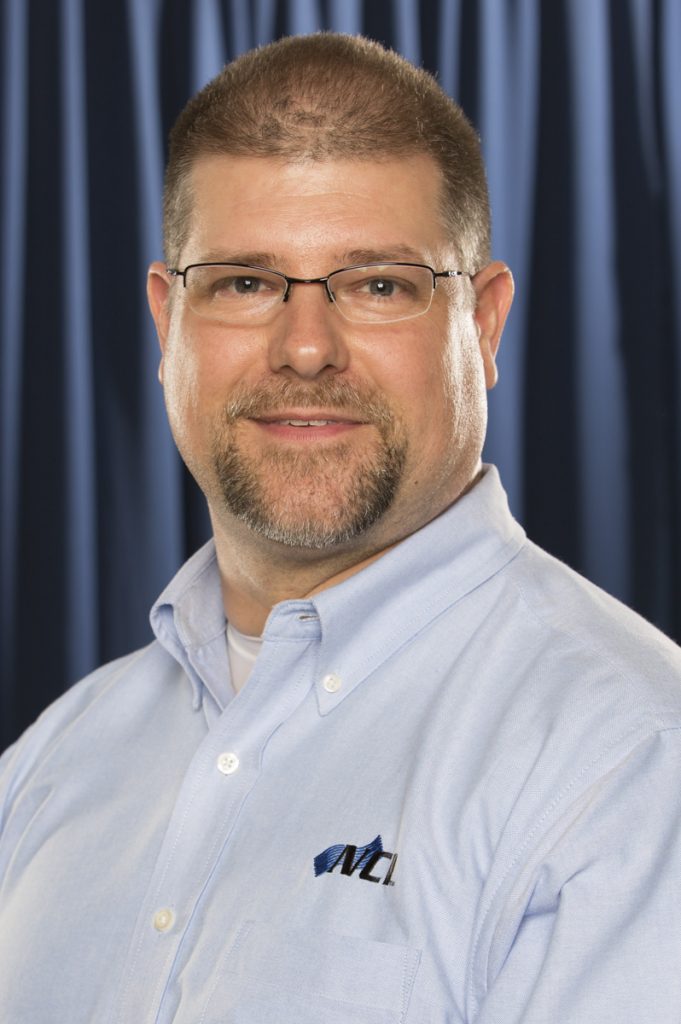
Airflow measurement and testing started in the commercial HVAC space in the 1960s. Commercial air balancers used instruments to ensure their customers the systems design and installation delivered what was promised. This idea was unlike anything residential technicians ever considered.
In the 1960s, the instruments used to measure and test were analog and there was an art to using them. Most residential HVAC contractors didn’t know about them. You see, balancing was a very specialized trade.
Engineers performed testing to verify their designs. In those days, many engineers were disappointed their designs didn’t work after installed in the field. Two such engineers, Taylor Kahoe and George Coultas, decided to find a way to make their designs work. So, they began testing their systems and measuring airside performance.
This testing and measuring led to founding their new company, Kahoe Air Balance, in Cleveland, OH in 1960. Taylor Kahoe went on to help found AABC (Associated Air Balance Council).

Commercial air balancing became a specialty trade of people who measured systems with specific tools and skills. These tools included the inclined manometer, Magnahelics (analog manometer), rotating vane anemometers, static pressure tips, and pitot tubes. The skills included static pressure measurements, duct traverses (and then using math to calculate airflow), and terminal device (grille, register, and diffuser) traverses.
Let There Be Light …
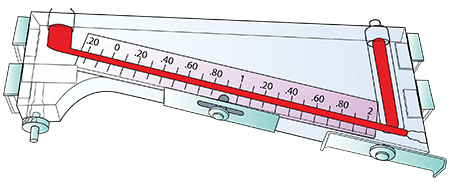
by commercial HVAC technicians to help them balance
systems in the 1960s. © National Comfort Institute.
Kahoe created formalized testing and balancing for the commercial marketplace. However, one commercial air balancer named Rob Falke transitioned these tools and skills to the residential market. While working in his family’s residential HVAC business, he saw how many residential HVAC systems performed pathetically, and his company often had to own those problems.
Rob saw the benefits of air balancing commercial systems and thought it might make sense in residential HVAC, so he brought those specialties over to his family’s business. He started measuring, testing, and discovering the real reasons residential systems worked so poorly. This realization was the birth of a new product called duct renovations. Rob used them to differentiate their family company and repair airflow issues.
The transition from the old school to where we are now began when Rob started teaching residential air balancing. He shared those commercial air measurement and balancing principles with residential technicians, starting with static pressure measurements. He taught them to use those results to generate leads. That eventually led to doing airflow diagnostic testing.
Click Below to Go To the Next page:


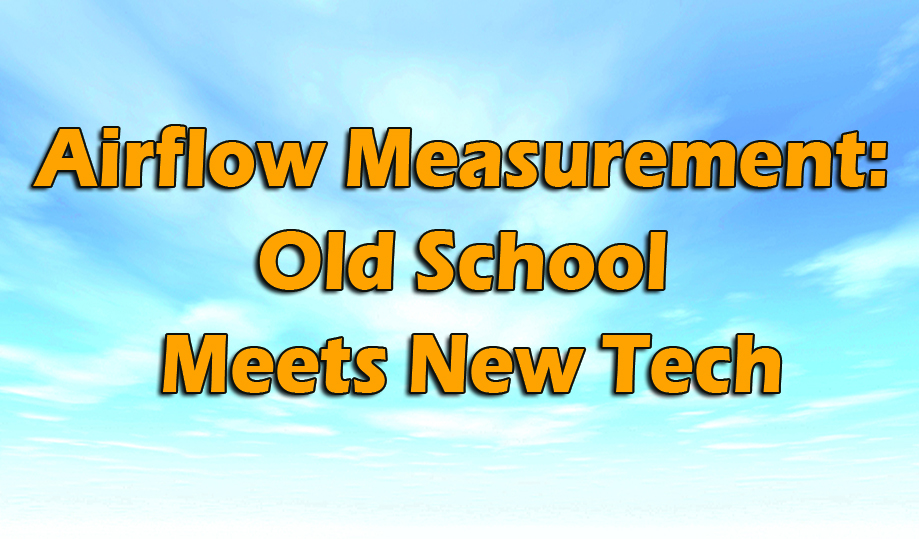
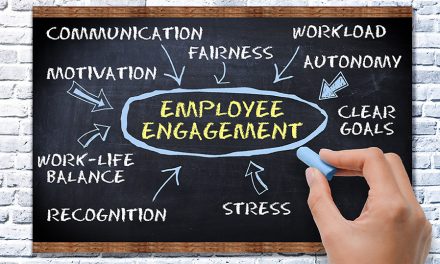
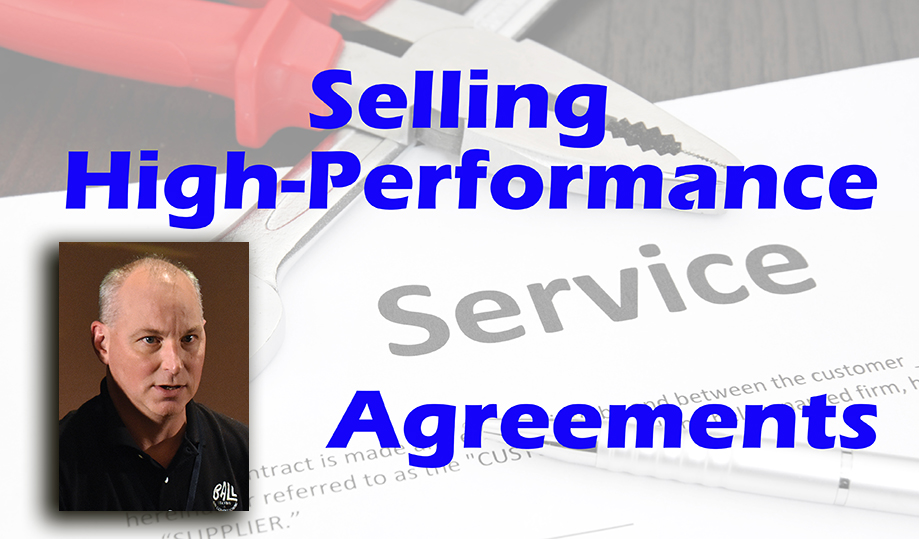
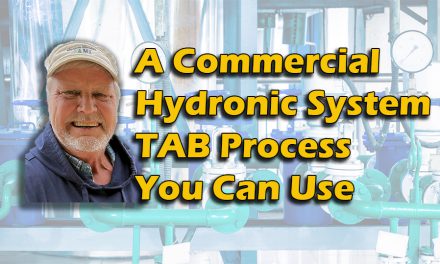







Recent Comments